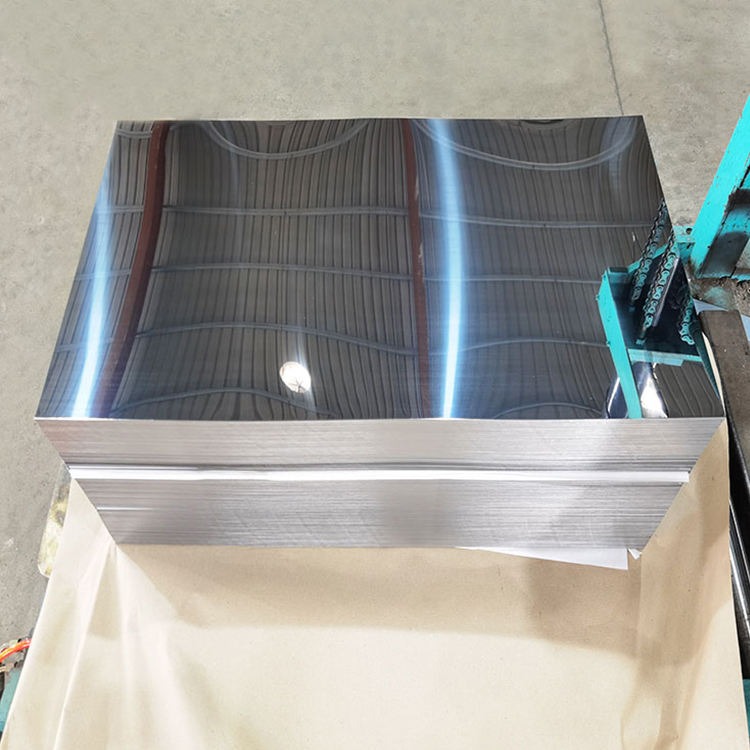Beyond the Shine: Why Duplex Stainless Steel is the Unsung Hero of Modern Engineering

Stainless steel. The name conjures images of gleaming kitchen appliances and sleek skyscrapers. But within this diverse family, one alloy stands out not just for its polish, but for its incredible toughness and versatility: Duplex Stainless Steel. This isn’t just another shiny metal; it’s a material engineered to tackle the toughest challenges our industries face.
More Than Just a Pretty Face: The “Duplex” Advantage
Think of duplex stainless steel as the best of both worlds. Its name comes from its unique dual-phase microstructure – a near-perfect balance of austenitic and ferritic grains. Why does this matter?
- Strength Redefined: Forget flimsy stereotypes. Duplex steels pack a serious punch. They offer roughly double the yield strength of standard austenitic grades like 304 or 316. This means engineers can design components with thinner walls and lighter weights, leading to significant cost savings on materials, transportation, and structural support – without sacrificing safety or integrity. Imagine pipelines that withstand higher pressures or ship hulls that resist heavy seas more efficiently.
- Corrosion? Not Today: Duplex steels inherit superb corrosion resistance from their austenitic lineage, particularly excelling in environments prone to chloride stress corrosion cracking (SCC) – the Achilles’ heel of standard 304/316 in salty water or chemical settings. They also offer excellent resistance to pitting and crevice corrosion, making them superstars in:
- Offshore & Marine: Seawater handling systems, desalination plants, ship hulls, and offshore platforms battling relentless salt spray.
- Chemical Processing: Tanks, piping, and reactors handling harsh acids, chlorides, and organic solvents.
- Oil & Gas: Downhole tubing, pipelines (especially for sour service containing H2S), and processing equipment facing corrosive hydrocarbons.
- Pulp & Paper: Digestors and bleaching equipment exposed to aggressive chemicals.
- Toughness Under Pressure: That ferritic phase contributes impressive toughness and ductility, even at lower temperatures. Duplex steels won’t become brittle unexpectedly, a critical factor in safety-critical applications like pressure vessels or cryogenic storage.
- The Cost-Effectiveness Factor: While the initial cost per pound might be higher than 304/316, the real savings come from its strength-to-weight ratio and longevity. Using less material and needing fewer replacements over decades due to superior corrosion resistance translates into a significantly lower total cost of ownership (TCO). It’s an investment in durability.
Where Duplex Truly Shines (Beyond the Obvious)
We know about pipes and tanks, but duplex is enabling innovation:
- Bridges Built to Last: Its high strength and corrosion resistance make it ideal for bridge cables, reinforcements in harsh environments (coastal, de-icing salts), and structural components, reducing maintenance needs dramatically. Imagine bridges weathering decades with minimal intervention.
- Sustainable Solutions: In desalination plants providing vital freshwater, duplex handles the highly corrosive brine with ease. In biofuel and chemical recycling plants, it withstands aggressive, variable process streams, supporting greener technologies.
- Architectural Ambition: Beyond handrails, architects leverage its strength for thinner, more daring structural elements and facades in demanding coastal or polluted urban settings, combining aesthetics with resilience.
- Demanding Transport: Lightweight yet strong components for railcars, tankers, and specialized vehicles benefit from duplex’s properties, improving payload and durability.
Choosing the Right Partner: Grades Matter
Not all duplex is created equal. Common grades include:
- 2205 (UNS S32205/S31803): The workhorse, offering an excellent balance of strength, corrosion resistance, and cost for most demanding applications.
- Super Duplex (e.g., 2507, UNS S32750): Pushing the boundaries with even higher strength and exceptional corrosion resistance for the most extreme environments (hyper-saline, strong acids).
- Lean Duplex (e.g., 2101, 2304): A cost-optimized option with good strength and corrosion resistance, suitable for less severe conditions than 2205.
The Future is Duplex
As industries push for longer asset life, higher efficiency, lighter designs, and operations in ever more challenging environments, duplex stainless steel moves from a niche solution to a mainstream essential. It’s not just about resisting rust; it’s about enabling safer, stronger, more sustainable, and ultimately more cost-effective engineering solutions.
Is Duplex the Answer for Your Next Project?
If you’re facing challenges involving high stress, corrosive environments, weight reduction, or demanding lifespan requirements, overlooking duplex stainless steel could mean missing out on a superior solution. It’s the robust, resilient backbone enabling modern engineering to thrive where ordinary steels simply can’t.
Consider Duplex. It’s steel that works harder, lasts longer, and carries the load.
